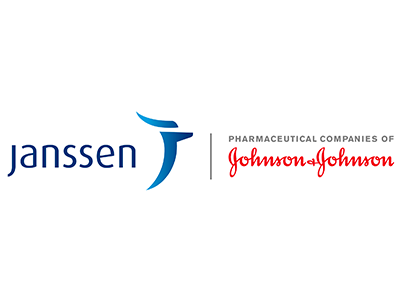FDA approves daratumumab and hyaluronidase-fihj for multiple myeloma

On May 1, 2020, the Food and Drug Administration approved daratumumab and hyaluronidase-fihj (DARZALEX FASPROTM, Janssen Biotech, Inc.) for adult patients with newly diagnosed or relapsed/refractory multiple myeloma. This new product allows for subcutaneous dosing of daratumumab.
Daratumumab and hyaluronidase-fihj is approved for the following indications that intravenous daratumumab had previously received:
- in combination with bortezomib, melphalan and prednisone in newly diagnosed patients who are ineligible for autologous stem cell transplant,
- in combination with lenalidomide and dexamethasone in newly diagnosed patients who are ineligible for autologous stem cell transplant and in patients with relapsed or refractory multiple myeloma who have received at least one prior therapy,
- in combination with bortezomib and dexamethasone in patients who have received at least one prior therapy,
- as monotherapy, in patients who have received at least three prior lines of therapy including a proteasome inhibitor and an immunomodulatory agent or who are double-refractory to a PI and an immunomodulatory agent.
Efficacy of daratumumab and hyaluronidase-fihji (monotherapy) was evaluated in COLUMBA (NCT03277105), an open-label non-inferiority trial randomizing 263 patients to daratumumab and hyaluronidase-fihj and 259 to intravenous daratumumab (daratumumab IV). The trial’s co-primary endpoints were overall response rate (ORR) and pharmacokinetic (PK) endpoint of the maximum C(trough) on cycle 3, day 1 pre-dose. Daratumumab and hyaluronidase-fihj was non-inferior to daratumumab IV in evaluating these two endpoints.
The ORR was 41.1% for daratumumab and hyaluronidase-fihj and 37.1% for daratumumab IV with a risk ratio of 1.11 (95% CI: 0.89, 1.37). The geometric mean ratio comparing daratumumab and hyaluronidase-fihj to daratumumab IV for maximum C(trough) was 108% (90% CI: 96,122).
Efficacy of daratumumab and hyaluronidase-fihj in combination with VMP (D-VMP) was evaluated in a single-arm cohort of PLEIADES (NCT03412565), a multi-cohort, open‑label trial. Eligible patients were required to have newly diagnosed multiple myeloma and were ineligible for transplant. The major efficacy outcome measure, ORR, was 88.1% (95% CI: 77.8, 94.7).
Efficacy of daratumumab and hyaluronidase-fihj in combination with Rd (D-Rd) was evaluated in a single-arm cohort of this trial. Eligible patients had received at least one prior line of therapy. ORR was 90.8% (95% CI: 81.0, 96.5).
The most common adverse reaction (≥20%) with daratumumab and hyaluronidase-fihj monotherapy is upper respiratory tract infection. The most common adverse reactions (≥20%) with D-VMP are upper respiratory tract infection, constipation, nausea, fatigue, pyrexia, peripheral sensory neuropathy, diarrhea, cough, insomnia, vomiting, and back pain. The most common adverse reactions (≥20%) with D-Rd are fatigue, diarrhea, upper respiratory tract infection, muscle spasms, constipation, pyrexia, pneumonia and dyspnea.
The most common hematology laboratory abnormalities (≥40%) with daratumumab and hyaluronidase-fihj are decreased leukocytes, decreased lymphocytes, decreased neutrophils, decreased platelets, and decreased hemoglobin.
The recommended dose of daratumumab and hyaluronidase-fihj is 1,800 mg daratumumab and 30,000 units hyaluronidase administered subcutaneously into the abdomen over approximately 3 to 5 minutes according to recommended schedule.
View full prescribing information for DARZALEX FASPRO.
This review used the Assessment Aid, a voluntary submission from the applicant to facilitate the FDA’s assessment.
Healthcare professionals should report all serious adverse events suspected to be associated with the use of any medicine and device to FDA’s MedWatch Reporting System or by calling 1-800-FDA-1088.
For assistance with single-patient INDs for investigational oncology products, healthcare professionals may contact OCE’s Project Facilitate at 240-402-0004 or email OncProjectFacilitate@fda.hhs.gov.

